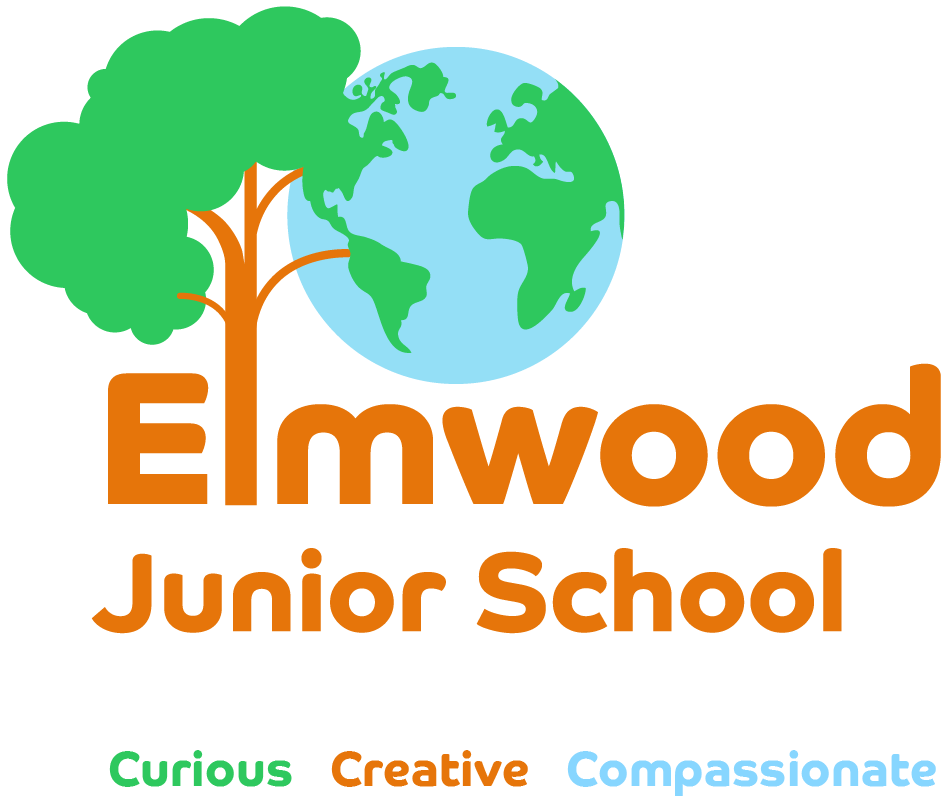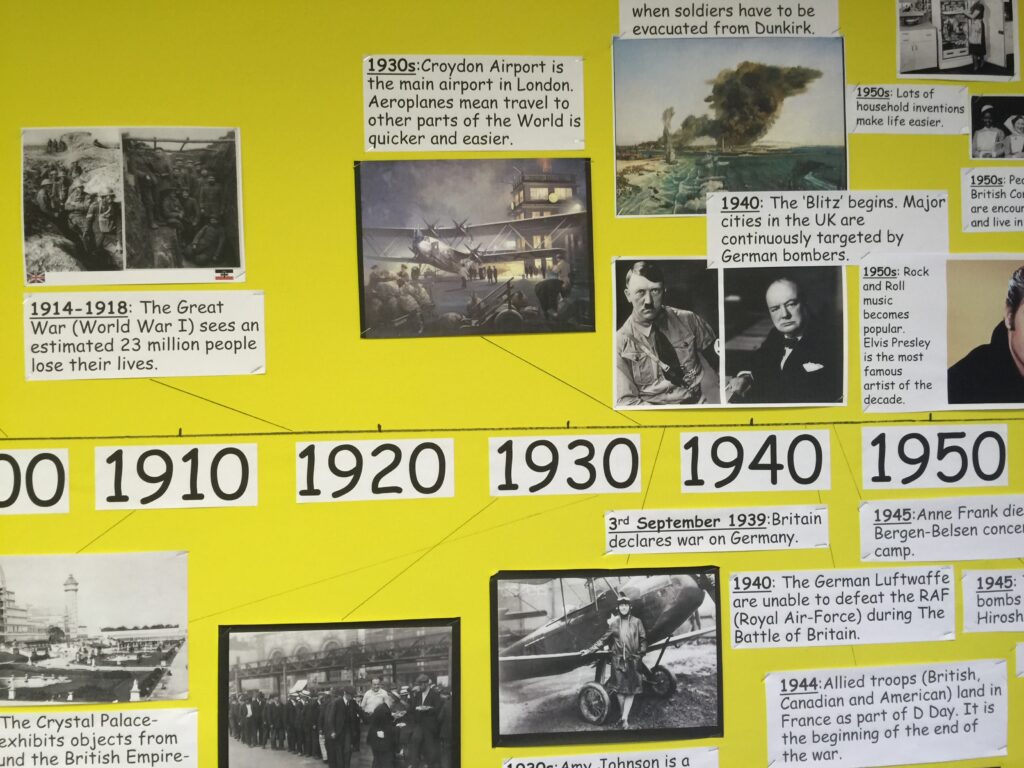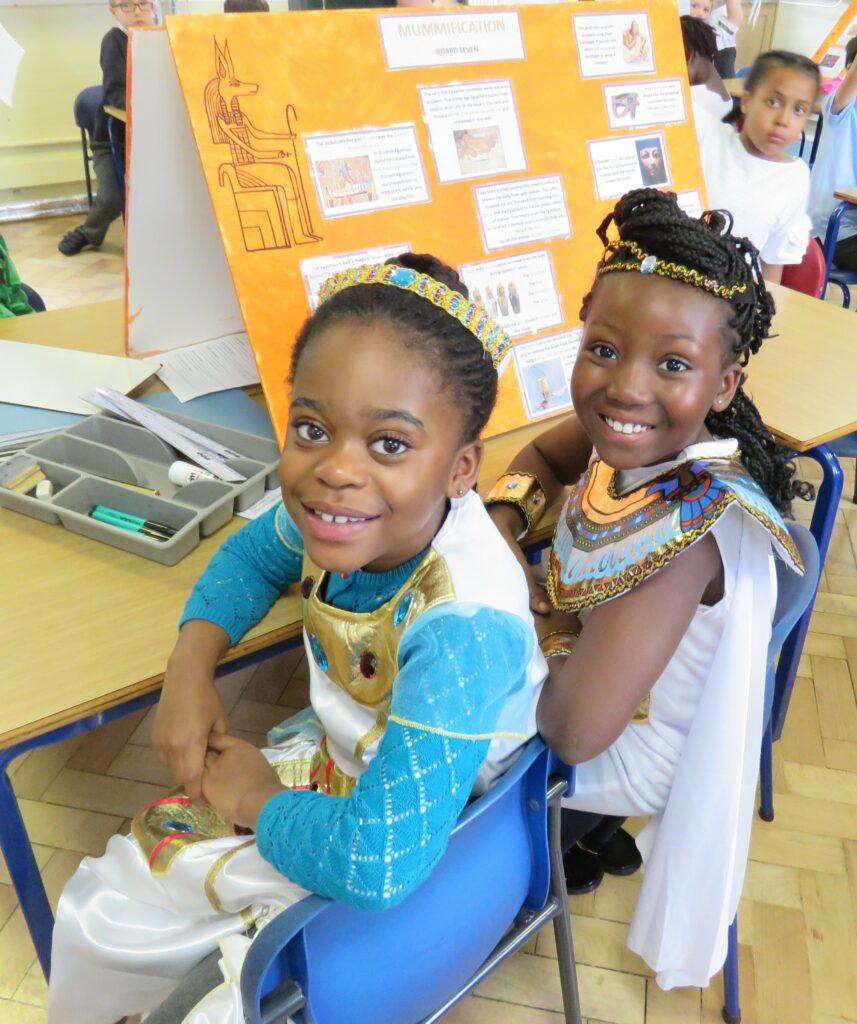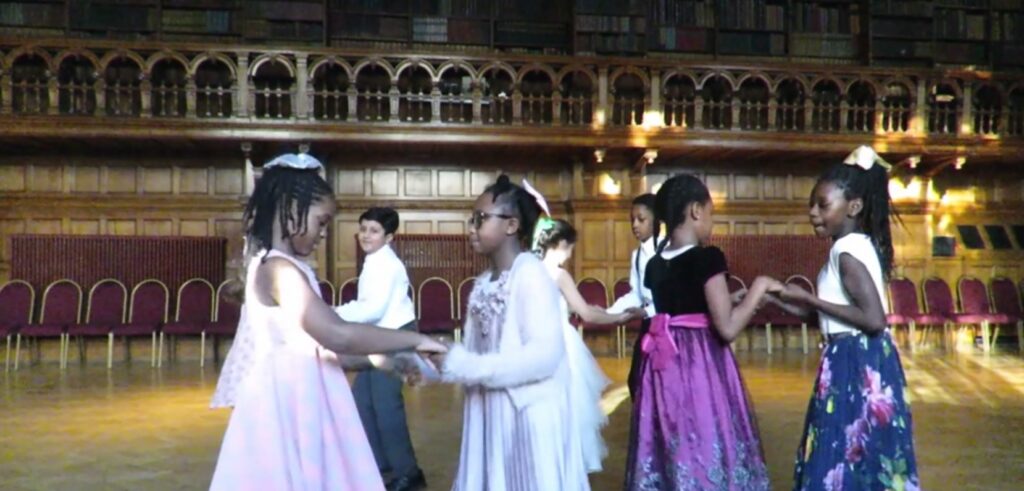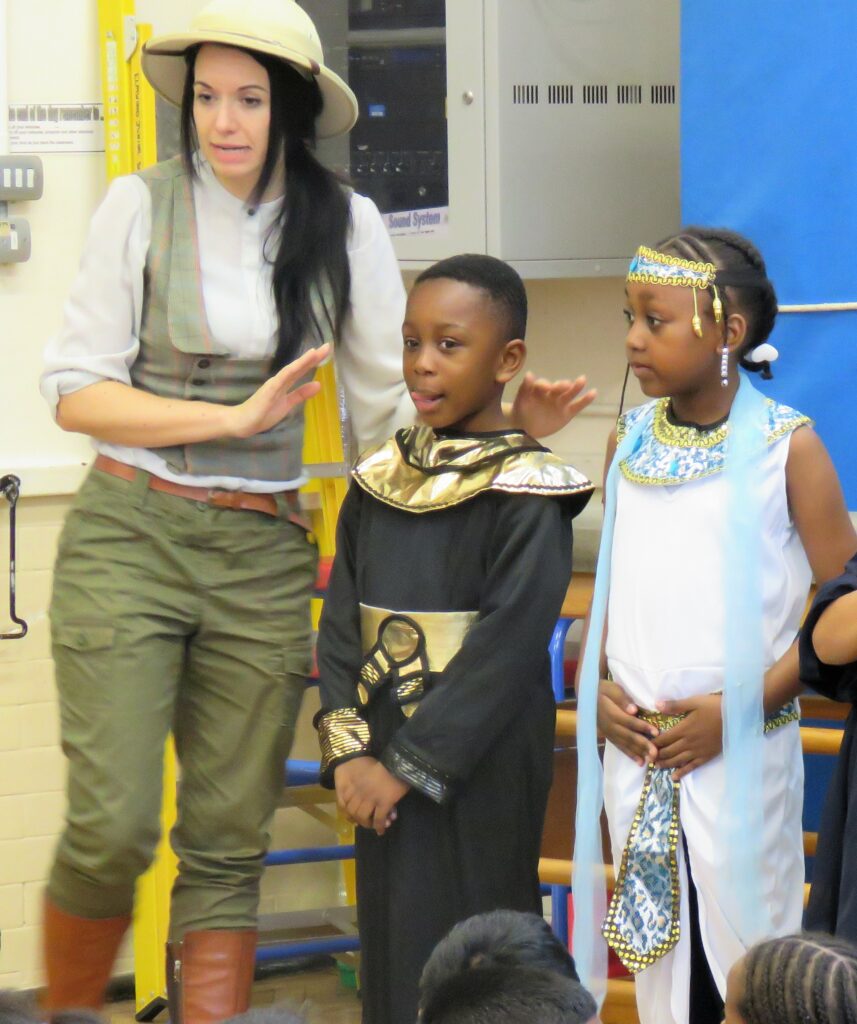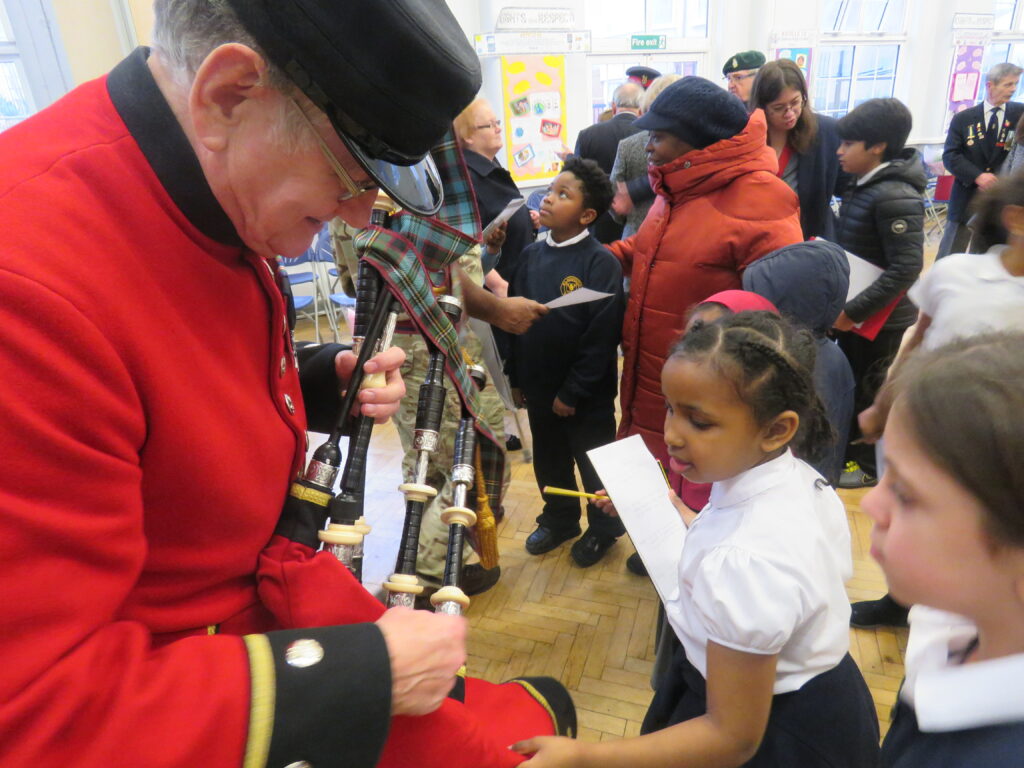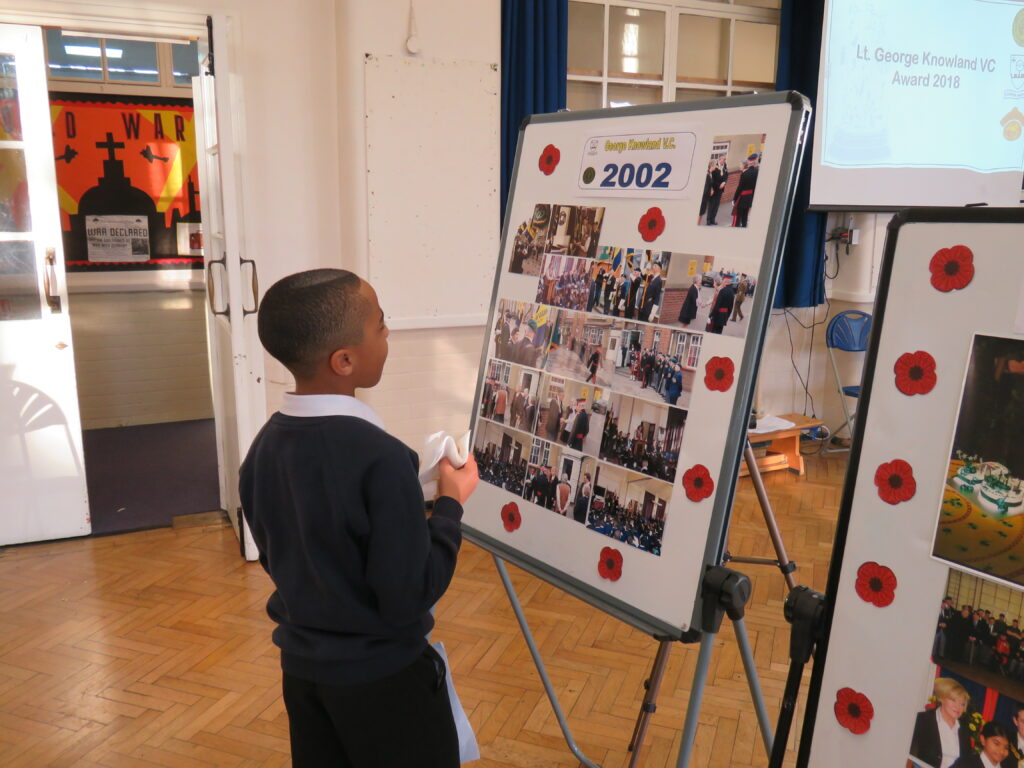Intent
At Elmwood Junior School our intent for History is to teach a rich curriculum balanced in both breadth and depth of historical events. We aim to inspire children to develop their critical thinking and individual opinions while gaining knowledge on significant times in the past. We aim for our teaching to develop a love for learning and question the world around them. We at Elmwood Junior School recognise the importance of developing historical skills, learning about the past and how that helps us better the complexity of people’s lives and the process of change and diversity, in the past, present and future.
Implementation
At Elmwood, History is taught weekly for an hour in the first term and a half. This year each topic starts with a hook lesson to excite the children and a question that the children will aim to answer through forming their own opinions by the end of the topic. Children are taught through mixed ability whole class lessons using a range of strategies to determine their understanding.
- Structure is consistent across the school.
- As of the new year the children will all start with a hook lesson, followed by lessons that cover both content and critical thinking development. Children across the school will be frequently exposed to these skills and artefacts in order to develop their understanding and enjoyment of History.
- Variety of methods to develop understanding and showcase skills.
- The children are encouraged to develop their critical thinking through investigating sources, artefacts and forming their own opinions and using their understanding of the content to do so.
- Artefacts
- The children’s are able to gain an in-depth understanding of the content through handling real life and replica artefacts from the periods studied.
- Trips
- The children’s learning is further enhanced through a variety of trips and in school workshops delivered across the school in order to help the children further develop their understanding and build an enjoyment for learning.
- Cross curricular links
- History is woven throughout the curriculum and taught alone. There are sometimes links made between History and art or English to help further develop the children’s understanding in a variety of ways.
- Chronology of learning / progressive sequencing
- The children are taught content in chronological order across the school in order to help develop their understanding of chronology. The children are also encouraged to use timelines in order to visualize the sequencing of events.
Impact
The impact of our History Curriculum is that children will understand the significance of learning about British history and the wider world; children will develop a secure understanding of chronological order, critical thinking and understanding of the complexity of other people’s lives. Children know to question information based on its nature, origin and purpose and how all of these concepts can influence perspective and change interpretations of the past. Our children use their humanities folders to create a learning journey of each topic that follows them throughout the school. This year we are introducing reflective learning journeys where the children record and reflect on the chronology of their learning in every topic. Therefore, leaving the children with a good understanding of their strengths and targets in their ability to explain the chronology of each topic they cover. The children understand that this is achieved through being active members of their learning, asking questions about their learning and forming their own opinions about historical events.
